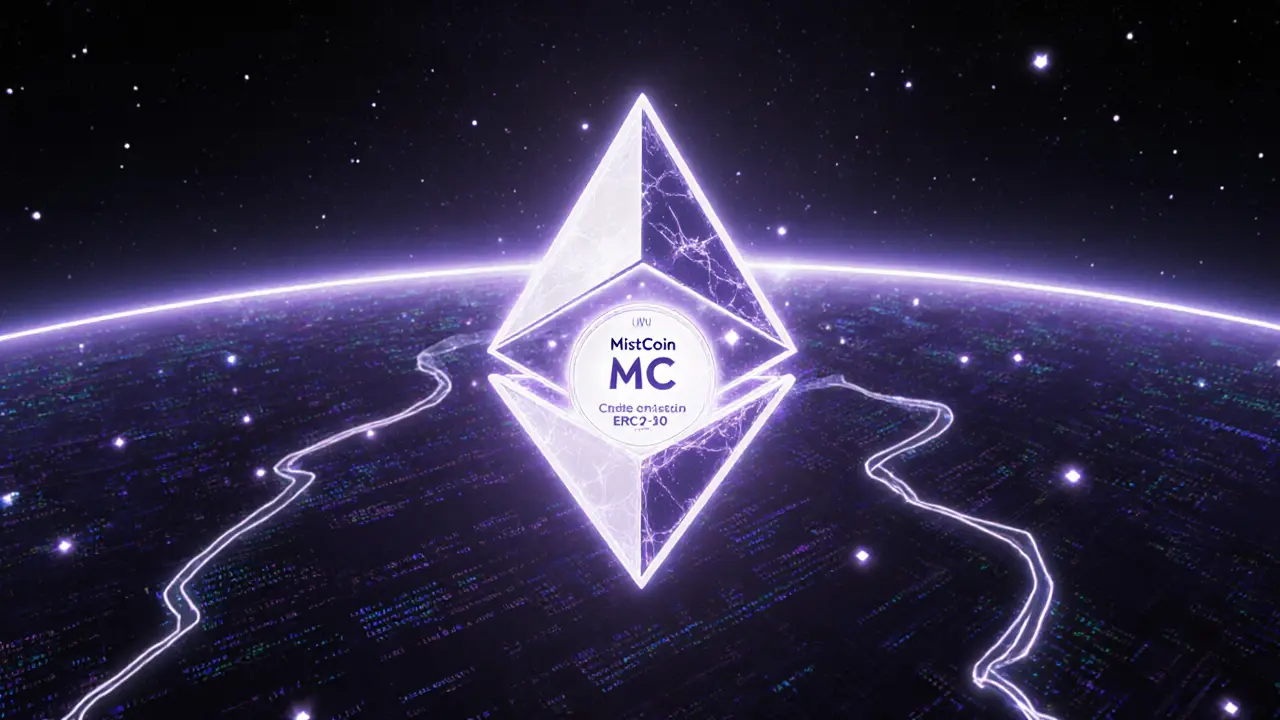Ethereum Token History: How ERC-20 Changed Crypto Forever
When we talk about Ethereum token history, the story of how digital assets built on Ethereum became the foundation of modern blockchain finance. Also known as ERC-20 tokens, these are the coins and tokens that power everything from decentralized exchanges to yield farms and NFT marketplaces. Before Ethereum, Bitcoin was the only major crypto. You could send Bitcoin, but you couldn’t build apps on top of it. Ethereum changed that by letting developers write code that runs on the blockchain — and the first big thing they built? Tokens.
The ERC-20 standard, a technical blueprint for creating tokens on Ethereum was introduced in 2015. It didn’t sound exciting at first — just a set of rules for how tokens should behave. But those rules made it easy for anyone to create a token. No need to code a whole blockchain. Just follow the ERC-20 checklist: give it a name, set supply, let people send and receive it. That’s it. Suddenly, startups could launch their own coins in days. Projects like Chainlink, Uniswap, and Aave didn’t start as blockchains — they started as ERC-20 tokens. And that’s why today, over 90% of all crypto tokens are built on Ethereum.
It wasn’t just about money. DeFi tokens, tokens that give users control over lending, borrowing, and trading without banks exploded because of ERC-20. People didn’t just buy them — they staked them, voted with them, and earned rewards from them. Even NFTs, which seem totally different, started as ERC-721 tokens — a sibling standard to ERC-20. Ethereum didn’t just enable tokens; it made them the default way to represent value on the blockchain.
But the history isn’t perfect. Many tokens failed. Some were scams. Others, like Koi Finance (KOI), vanished with zero trading volume. Some exchanges, like ChangeNOW and ICRYPEX, let users trade these tokens without knowing if they were real. And yet, the system kept working. Because even when a token dies, the standard lives on. Today, new chains like Base and zkSync are building their own token standards — but they still look a lot like ERC-20. That’s the legacy: Ethereum didn’t invent tokens, but it made them universal.
What you’ll find below is a collection of real stories about crypto tokens — some alive, some dead, some risky, some revolutionary. From political meme coins like ELON4AFD to AI trading bots like $HOUND, these posts show how the Ethereum token model shaped everything that came after. Whether you’re checking if a token is legit, wondering why fees are so low on some platforms, or trying to understand how airdrops work, the answers all trace back to one thing: the Ethereum token history.
